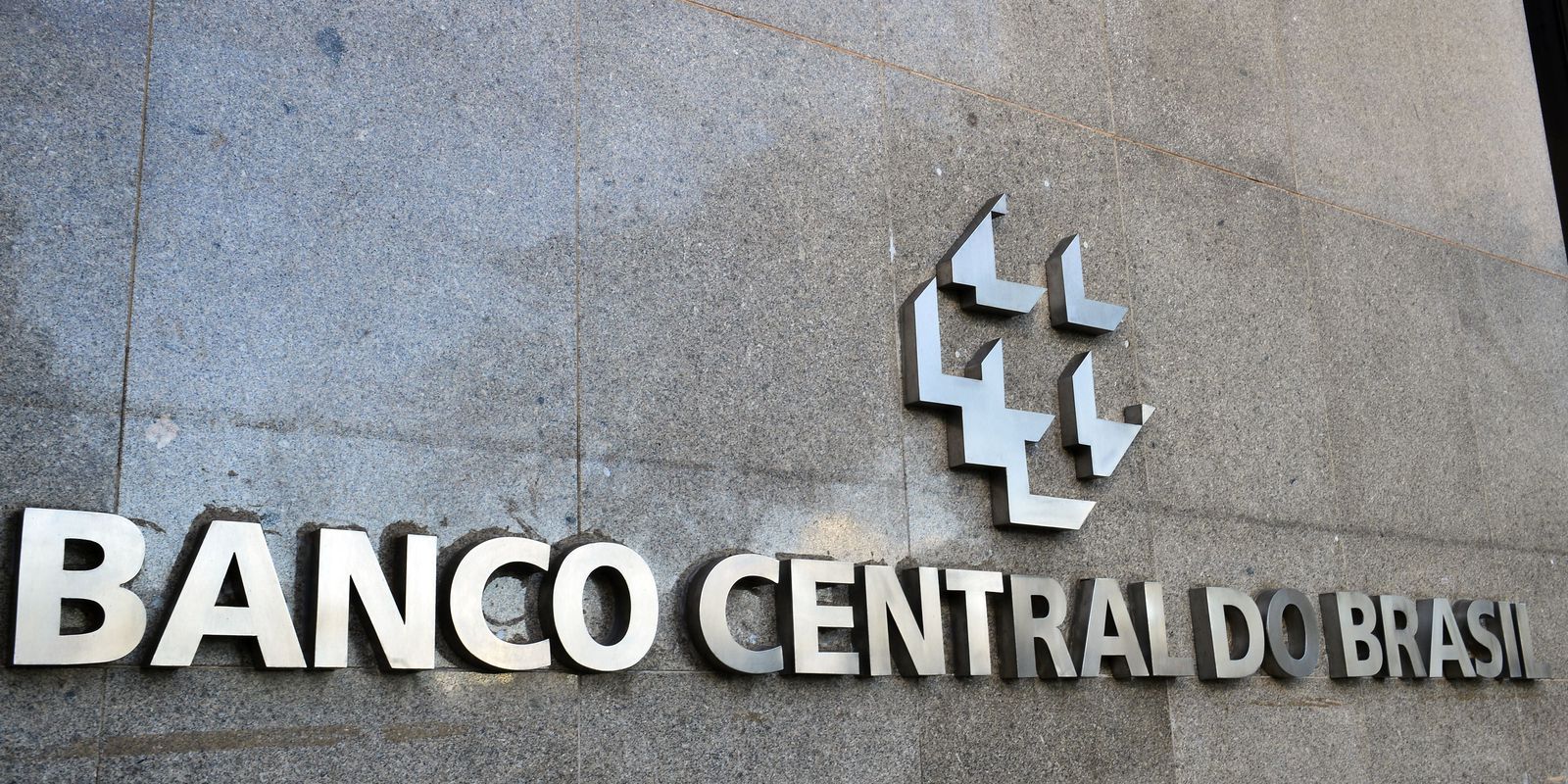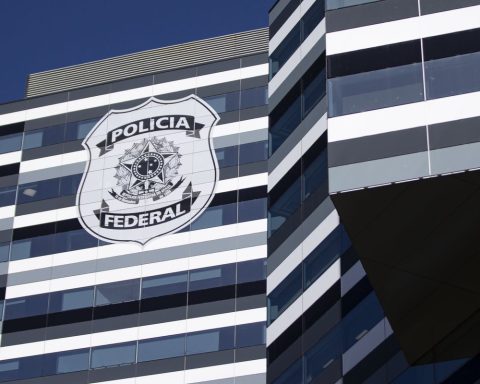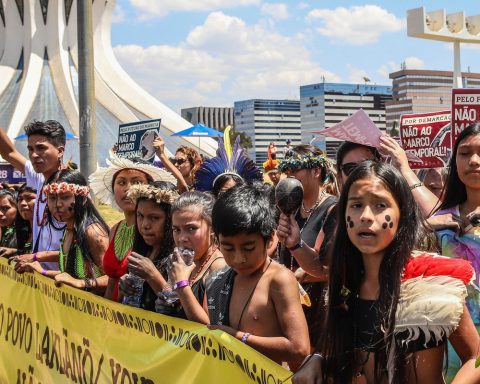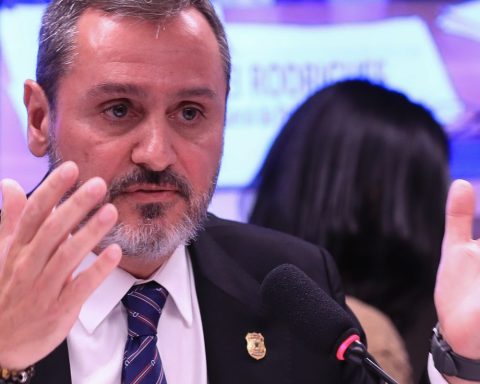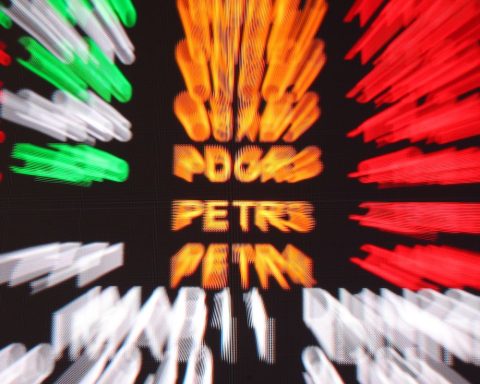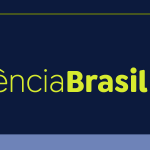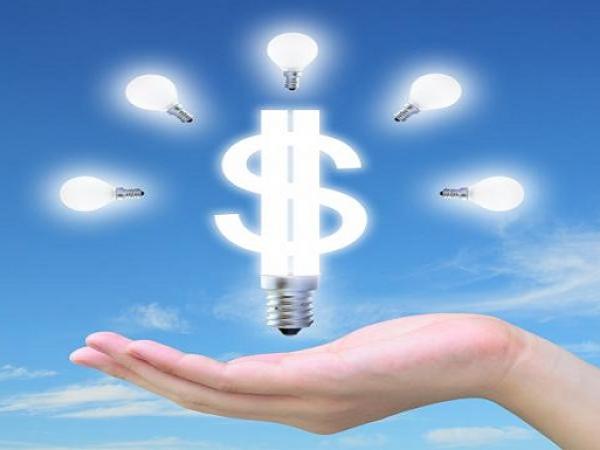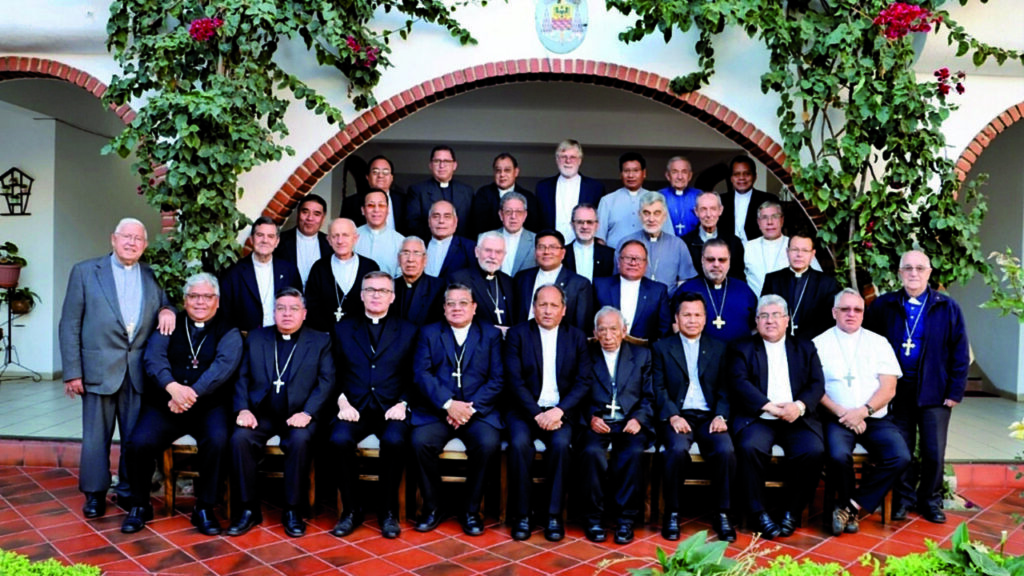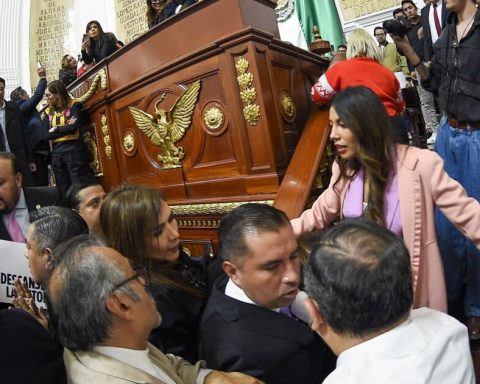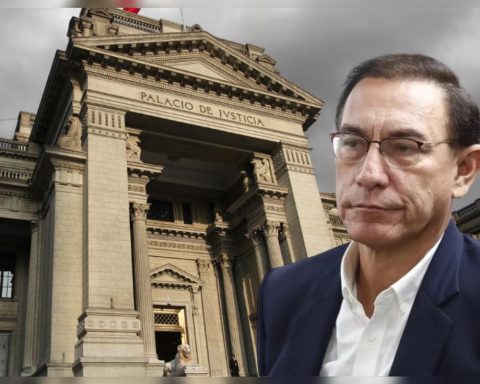Unanimously, the Monetary Policy Committee (Copom) of the Central Bank (BC) decided to raise, this Wednesday (4), the Selic rate, the basic interest of the economy, by one percentage point. As a result, the Selic increased from 11.75% to 12.75% per year. 
This is the 10th consecutive increase in the Selic rate. The current cycle of high interest rates began in March 2021. In the latest Focus bulletin, in which the BC measures financial market expectations, the projection is that the base rate will end 2022 at 13.25% per year.
In a statement, the BC assessed that the external environment continued to deteriorate and that inflationary pressures arising from the pandemic intensified with supply problems arising from the new wave of covid-19 in China and the war in Ukraine. The Copom indicated that, for the next meeting, it should maintain the monetary tightening, but with a smaller readjustment, that is, less than 1%.
With the decision, the Selic rate is at the highest level since February 2017, when it was 13% per year. From July 2015 to October 2016, the rate remained at 14.25% per year. After that, the Copom again reduced the economy’s basic interest rates until the rate reached 6.5% per year in March 2018. The Selic was reduced again in August 2019, until reaching 2% per year in August 2019. 2020, influenced by the economic contraction generated by the covid-19 pandemic. This was the lowest level of the historical series started in 1986.
Inflation
The Selic is the Central Bank’s main instrument to keep official inflation under control, as measured by the Broad National Consumer Price Index (IPCA). Despite this, market estimates for inflation have been growing for at least 16 weeks. In March, the IPCA was 1.62%, the highest rate for the month since the beginning of the Real Plan, in 1994. In 12 months, the index reached 11.30%, almost double the ceiling of the Central Bank’s target, which is to end the year with inflation of 3.5%, with a tolerance of 1.5 percentage points up or down.
Last month, BC President Roberto Campos Neto indicated that the future of interest rates in Brazil will depend on the extent of the effects of the war between Russia and Ukraine and other possible shocks on inflation.
The Selic rate (Special Settlement and Custody System) serves as a parameter for how much the government pays to borrow money through the issuance of government bonds.
Exchange
Monetary policy also has an effect on the exchange rate. In theory, increases in the Selic rate tend to attract foreign investment in Brazilian public bonds, whose profitability increases, which ends up pressing the dollar down against the real.
Events in other countries, however, have the power to mitigate this effect. Also on Wednesday, the Federal Reserve Bank (FED), the central bank of the United States, increased interest rates on US bonds by half a percentage point. Thus, the reference rate in the country went from 0.5% to 1%.
The US is experiencing a historic increase in inflation, the highest in more than 40 years, and has already passed the level of 8% in the last 12 months. The rise in the US basic interest rate has the power to attract the flow of capital that would go to other countries, with repercussions on the appreciation of the dollar against the real.
